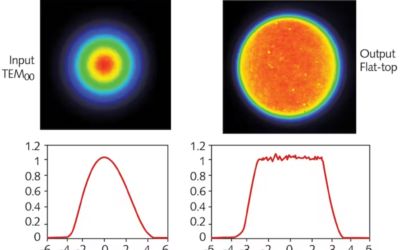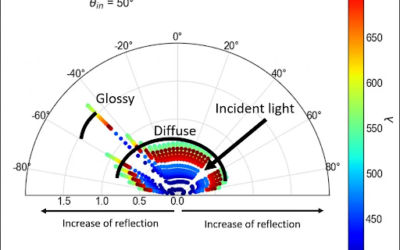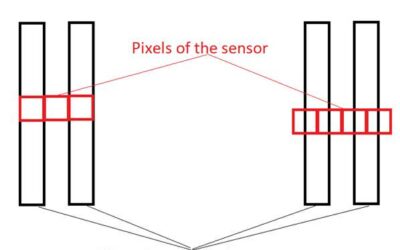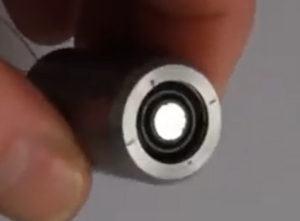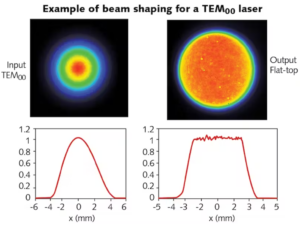Selecting the right lens manufacturing vendor is a multi step process. To start, you will need detailed production drawings to ensure the vendor understands what you require and the tolerances involved.. As you get quotes, you may find qualified suppliers with good pricing and communication. This however can only get you so far. Some vendors will quote a price for your lens without ever discussing how they plan to test it, or whether they even have the ability to do so.
In our work, we’ve encountered suppliers unable to make a simple focal length test for a lens they produce. Moreover, they were unable to provide a photo of a USAF test target. Without testing, knowing the lens you designed is the same lens that was delivered is impossible.
So before you agree to a production contract, make sure you also agree on how the lens will be tested.
The testing you will need will depend on the type of lens you are sourcing, and the precision required in your application.
Need assistance with lens testing? Click here to learn more about our lens testing services.
In most cases, you don’t need all the tests listed. For example, in many applications a photo of a USAF target is good enough. The more expensive and time consuming MTF test may not be necessary.
As a starting point for a conversation, here are some important and testable lens parameters :
Lens element documentation, test data:
Glass quality (Nd, Vd)
Measured Diameter
Measured Thickness
Measured Radius
Measured Surface Sag
Surface Irregularity – Interferometer (Waves, PV)
Surface Irregularity – Profilometer (Microns, PV)
Measured clear aperture
Roughness (RMS)
Coating confirmation and specification
For aspherical elements, additional details are important including:
Vertex radius
Asphere figure error (PV)
Typical slope error
Centering (Beam deviation)
This level of detail is likely ‘over kill’ for many applications. With a multi elements lens, you probably care more about ‘does the lens work?’ than ‘ did the surface quality on element 2 match the drawing?’
Below is a list of common and less common tests to measure the optical quality of completed lens assemblies. As with the list above, they range from easy to test to expensive and complex to test.
For a laser collimation lens
Focal length
F Theta scan lens
Focal length
Back focal length
Blur spot size
Distortion
Field shape
MTF across entire field ( more expensive equipment required
Resolution
An objective for imaging
Focal length
Back focal length
Blur spot size
Distortion
Field curvature
Stray light
Aerial image resolution
MTF across field of view
Double Gaussian lens
Magnification
Distortion
Thickness
Conjugate distance
On-axis MTF
Off-axis MTF
Resolution measurements (USAF test)*
There is no ‘right’ test or set of tests that will apply to every lens type and application. It is essential to review your supplier’s capabilities for lens testing- the tests they do in house, the tests they need to outsource, and to discuss their suggestions for the best tests for your lens. This conversation will teach you as much about your vendor as the pictures on their website or the price they quote in their proposal. Read more about our lens testing services here.

